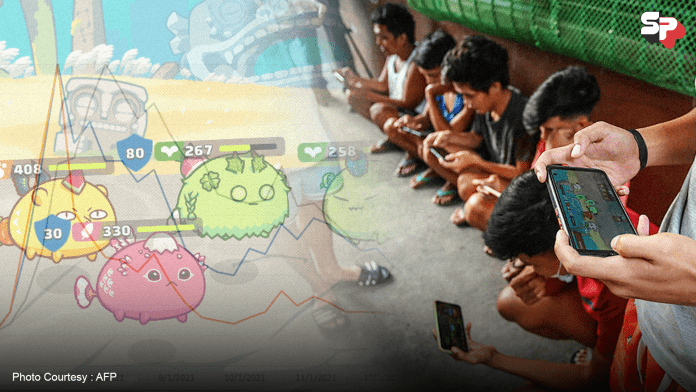By Jose Guillermo – Sunday Punch
Axie Infinity, once a revolutionary force in the world of blockchain gaming, has seen a sharp decline from its peak popularity. What was once hailed as the future of play-to-earn (P2E) gaming is now grappling with challenges that have significantly diminished its player base and economic viability. So, what went wrong, and what can future blockchain games learn from Axie’s downfall?
A Pioneering Game That Captured Global Attention
Launched in 2018, Axie Infinity combined blockchain technology, non-fungible tokens (NFTs), and a P2E model to create a game where players could earn real-world value. The concept was unique and enticing: players collected, bred, and battled digital creatures called Axies, earning cryptocurrency through gameplay. For a time, it was a gaming sensation, especially in regions like Southeast Asia, where players could make a living by playing.
Axie’s meteoric rise was largely fueled by this promise of financial gain. The idea of earning money while playing a game was revolutionary and led to a massive influx of players. However, this rapid growth also became a double-edged sword.
The Fall of Axie Infinity: A Perfect Storm of Issues
Several factors contributed to Axie Infinity’s decline, ranging from market saturation to security breaches, competition, and the volatility of the broader crypto market. As more players flocked to the game, the in-game economy became increasingly saturated, diminishing the earning potential for players. The value of the in-game currency (SLP) dropped significantly, making it harder for new players to achieve meaningful rewards.
Moreover, Axie’s reliance on the Ethereum blockchain posed additional challenges. High transaction fees and scalability issues led to a less-than-smooth gaming experience. The cost of interacting with the blockchain became prohibitive, discouraging many potential new players from joining.
The final blow came in 2022 when Axie Infinity’s Ronin network was hacked, resulting in the loss of $600 million in cryptocurrency. The breach not only shook the trust of its player base but also highlighted the vulnerabilities in the security of blockchain-based games. Recovering from such a massive security failure has proven to be a steep uphill battle.
Axie’s Economic Model: A Key Point of Failure
The play-to-earn model that initially propelled Axie to success eventually became its Achilles’ heel. In its early stages, players were able to earn significant rewards. But as the player base expanded, the system became unsustainable. The influx of new players diluted the value of in-game earnings, leading to what many saw as an economic collapse within the game. The rewards became too small to attract new users, and existing players began to leave, further destabilizing the ecosystem.
In retrospect, Axie Infinity’s economic model was heavily reliant on continuous player growth to sustain the in-game economy. Once that growth slowed, the model became unsustainable.
Is There a Path to Recovery?
Despite these challenges, Axie Infinity remains active. The development team has been working on addressing security vulnerabilities and refining its economic model to make the game more sustainable in the long run. However, the road to recovery is far from certain. Rebuilding trust, especially after such a massive breach, is a tall order. Competing games with better mechanics and more stable economies are also vying for the same audience, making Axie’s comeback even more difficult.
Lessons for the Future of Blockchain Gaming
Axie Infinity’s journey offers crucial lessons for the blockchain gaming industry. First and foremost, economic models in play-to-earn games need to be sustainable and not overly reliant on perpetual growth. Additionally, security must be a top priority for any blockchain-based project. The 2022 hack was a stark reminder of the vulnerabilities in decentralized systems, and future games must ensure that their networks are fortified against such threats.
Finally, the experience of Axie Infinity underscores the need for continuous innovation. Blockchain gaming is still in its early stages, and projects that fail to evolve with player expectations and technological advancements risk being left behind.
While Axie Infinity may not regain the heights it once reached, its story serves as a guide for the future of the industry. Blockchain gaming holds tremendous potential, but it will only succeed if developers learn from the mistakes of the past.

